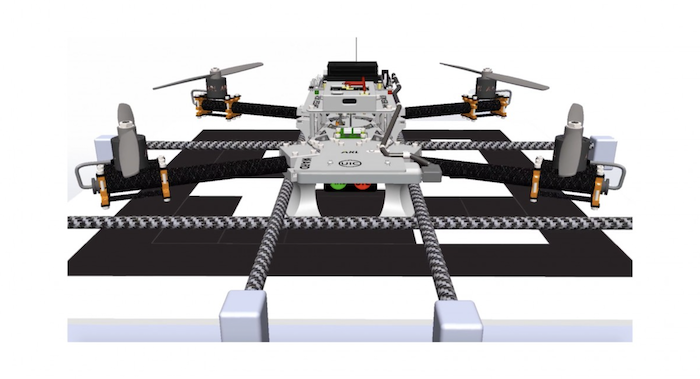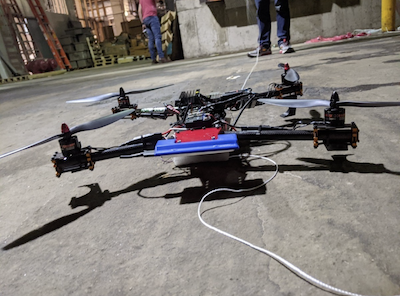
Unmanned ground vehicles could one day serve as charging ports for swarms of autonomous drones, due to U.S. Army-funded research.

Although one day military operations would like to deploy hundreds of drones on the battlefield, soldiers would likely not have the luxury of carrying thousands of extra batteries for the unmanned aerial systems (UASs) and recharging them for hours.
“Currently, soldiers carry numerous heavy batteries. The increased use of small UASs will further increase the burden on the soldier,” said Mike Kweon, the program manager of the U.S. Army Research Laboratory’s Versatile Tactical Power and Propulsion Essential Research Program.
In order to realize practical drone swarms, the U.S. Army is supporting research to help small battery-powered UASs autonomously return from missions to unmanned ground vehicles (UGVs) for recharging, all without requiring any involvement from soldiers. In August, the U.S. Army Research Laboratory awarded the University of Illinois Chicago a four-year, $8 million cooperative agreement for such work.
“The current focus of this project is to develop an algorithm that will have numerous sub-algorithms that will monitor and predict energy levels based on various mission types, and communicate with UGVs and direct small UASs for recharging to designated UGVs using the most optimal paths,” Kweon said. They are also working on fast-charging batteries and wireless charging technologies, he noted.
Although companies have approached the Army claiming they had solutions to wirelessly charge drone swarms, none of them met the requirements, Kweon said. “Current industry solutions are for relatively easy environments,” he explained. In contrast, landing a small UAS on a moving UGV in remote, contested, off-road, GPS-denied conditions “is extremely challenging.”

